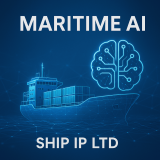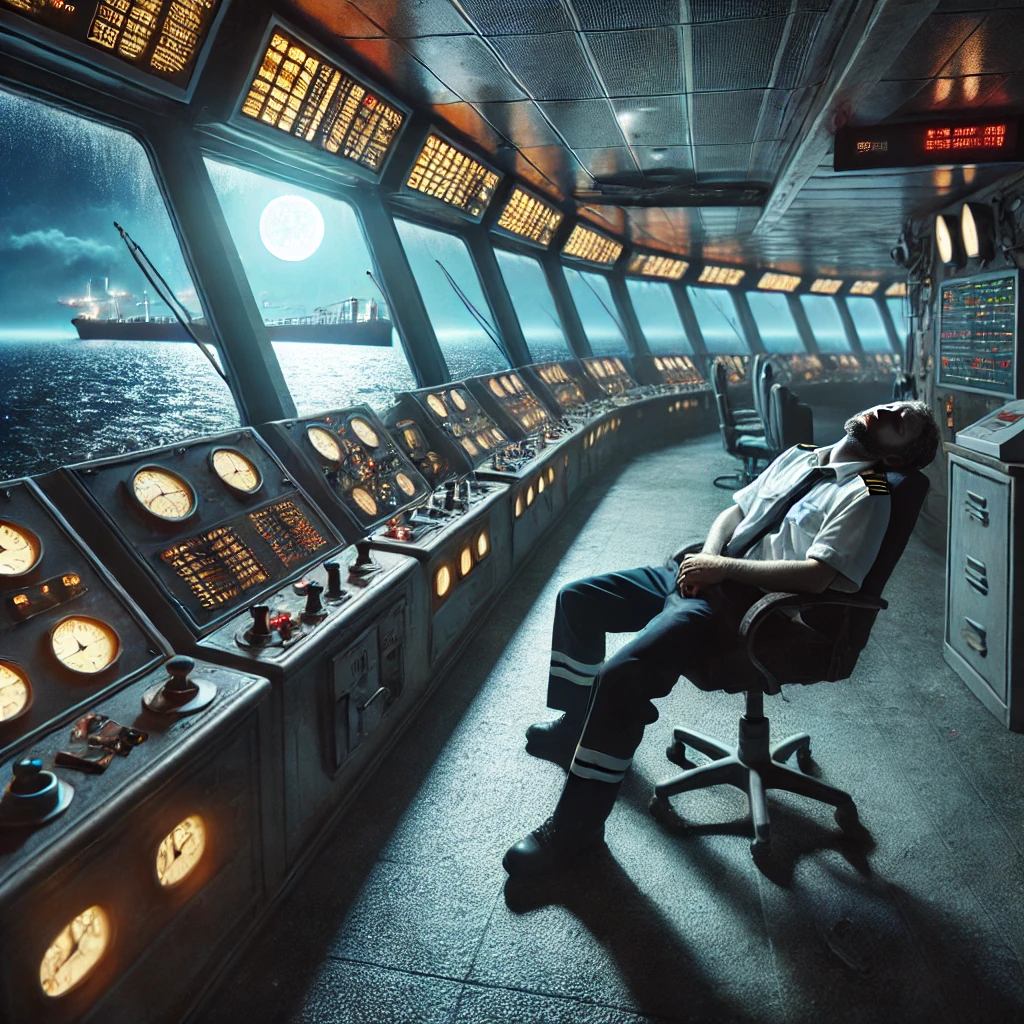U.S. grain shipments via the Great Lakes-Seaway system totaled 312,000 metric tons from March 22 to May 31, up 39% compared to the same period in 2021. Much of the increase is due to exports of corn and soybeans out of the Port of Toledo and some new trade starting at the port of Oswego this shipping season.
The rise in shipments, which are predominantly heading to Europe and North Africa, are in part due to shifting global grain trading patterns as the conflict between Russia and the Ukraine — both major grain exporters — continues.
“The Great Lakes-St. Lawrence Seaway system is proving its worth as a reliable trade gateway for the U.S. agricultural sector amidst continuing global transportation disruptions,” said Bruce Burrows, President and CEO, of the Chamber of Marine Commerce. “U.S. ports and their grain company partners are continuing to up their ‘transportation and trade game’ with new container capability and investments in shore-side grain storage and handling.”
The Port of Toledo had a successful month of May with total tonnage for the season surpassing 3.2 million short tons. Strong grain and iron ore shipments propelled tonnage to eclipse 2021 totals by nearly 18%. “Agricultural products seem to be big movers so far this year,” said Joseph Cappel, VP of Business Development for the Toledo-Lucas County Port Authority. “We are seeing robust corn, soybean, wheat, oats, DDGs, and fertilizer shipments moving through the port fairly early this year as global trade patterns continue to shift. With a good 2022 harvest, we can expect that these agricultural products will continue to be among the leading commodities for the Port of Toledo throughout the year.”
The positive numbers come as new investments in grain terminals at U.S. Great Lakes ports continue to be announced. Earlier this month, the Hansen-Mueller Company finalized the acquisition of General Mills Elevator A in Duluth, Minnesota, completing a deal that will bring the grain-handling facility back into active service. Nebraska-based Hansen-Mueller plans to bring the facility back into operation in time for the 2022 harvest season. The facility will import and export primarily small grains grown in the United States and Canada to domestic and foreign destinations. Construction is also going strong at the future site of Port Milwaukee’s new DeLong agricultural maritime export facility, expected to open in 2023. The Andersons Inc. also leased a grain storage facility at the Port of Oswego in 2021, with their first shipment by vessel starting this season.
Overall, activity through the St. Lawrence Seaway improved in May after a slower start due to ice conditions in Lake Superior. Total cargo tonnage shipments (from March 22 to May 31) via the St. Lawrence Seaway totaled 7.6 million metric tons, down 10.8% compared to 2021 but gaining ground in comparison to April. Other system-wide highlights include an increase in shipments of project cargo such as wind turbines, road salt to replenish winter reserves and coke exports to Europe for cement production.
In May, the Port of Monroe loaded its first bottom ash vessel of the season. The material was unloaded at the Lafarge cement plant in Alpena, Michigan and is used to create more sustainable cement mixtures. The port has also received over 91,000 short tons of steel products from Canada for regional automotive manufacturers. Starting in late June/early July, the Port will begin moving wind tower sections on US-flagged vessels outbound in support of wind energy projects within the Great Lakes/Seaway region.
Port Milwaukee kicked off the 2022 international cruise ship season in May. The Viking Octantis was the first cruise ship arrival to Milwaukee, beginning a summer season where 33 port calls by various cruise ships are planned that will bring more than 10,000 passengers to Milwaukee. Fednav Limited became the first accepted participant in Port Milwaukee’s StewardSHIP environmental sustainability program with the Federal St Laurent vessel.
Buoyed by the season’s first maritime container exports and the first inbound cement shipment of 2022, total tonnage for the Port of Duluth-Superior topped 5.7 million short tons through May 31. That cumulative total still trails the five-season average by 18.5%, but May’s total float (3.2 million tons) represented a 31.8% increase over a very slow April 2022.
Kidney beans made May’s biggest headlines, with 4,500 tons sailing in containers to Europe from Duluth’s Clure Public Marine Terminal. This marked the port’s re-entry into the maritime container business, and hopefully, the first of many such shipments for Duluth Cargo Connect.
“Greater cargo diversity and more multimodal shipping options make our port and our region more vibrant,” said Deb DeLuca, executive director of the Duluth Seaway Port Authority. “It’s a team effort to create these kinds of solutions for helping regional producers and manufacturers compete in the global marketplace, and we’re excited to see those efforts coming to fruition.”
Beyond the very broad general cargo category, iron ore made the biggest gains in May, with 1.9 million tons transiting the port. This eclipsed the April 2022 figure by more than 30%, but the season-to-date total still lags the five-season average by almost 24%. Coal and petcoke also moved briskly in May, topping 773,000 tons for the month and 1.4 million tons season-to-date.
“Total tonnage climbed 8% closer to the five-season average in May. It was good to see that early-season deficit diminish, but it continues to be a slower-than-normal start to the shipping season,” said DeLuca. “We’re hopeful that global supply chains normalize, which would also help normalize Duluth-Superior tonnage totals, but these continue to be unusual times. With that said, we’re pleased to see containerized cargo moving now, plus the season’s first shipments of wind energy components, so that cargo diversity continues to be a benefit.”





